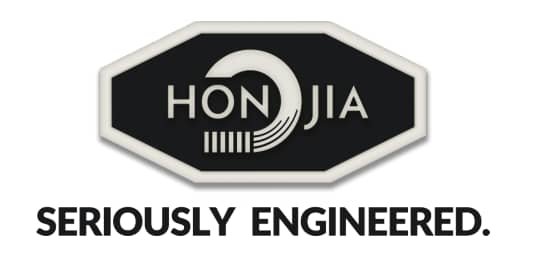Steel slitting machines are essential in metal fabrication, allowing manufacturers to cut large coils of steel into narrower strips with precision. These machines enhance efficiency, reduce material waste, and improve production speed. If you’re a manufacturer looking to understand how steel slitting works, this guide covers the process, types of slitters, key components, and industry applications.
What Is a Steel Slitting Machine?
A steel slitting machine is an industrial tool designed to cut wide steel coils into narrower widths. This process is crucial for producing strips used in automotive parts, construction materials, appliances, and more. Slitting ensures consistent width, smooth edges, and minimal material deformation.
How Does a Steel Slitting Machine Work?
The steel slitting process involves several steps:
1. Uncoiling the Steel
The machine feeds a large steel coil from a decoiler, ensuring smooth unwinding for continuous processing.
2. Flattening and Leveling
Before slitting, the steel passes through a leveler to remove any bends or irregularities, ensuring a flat surface for precise cutting.
3. Slitting the Steel
The steel moves through rotary slitting blades, which can be arranged in different configurations:
- Crush Cut Slitting: Uses two circular blades pressing against each other for clean cuts.
- Razor Slitting: Uses a single sharp blade for thinner materials.
- Scrap Cut Slitting: Produces minimal waste by overlapping cuts.
4. Recoiling the Strips
After slitting, the narrow strips are rewound into smaller coils, ready for further processing or shipment.
Types of Steel Slitting Machines
1. Rotary Slitters
- Ideal for high-speed production.
- Uses circular blades for precise cuts.
- Best for thin to medium-thickness steel.
2. Loop Slitters
- Maintains tension control for delicate materials.
- Suitable for thin and flexible steel strips.
3. Pull-Through Slitters
- Used for thicker steel sheets.
- Requires manual feeding but offers high accuracy.
Key Components of a Steel Slitting Machine
- Decoiler: Holds and unwinds the steel coil.
- Leveler: Flattens the steel before cutting.
- Slitting Head: Contains the blades for cutting.
- Recoiler: Rewinds slit strips into smaller coils.
- Control Panel: Adjusts speed, tension, and blade positioning.
Applications of Steel Slitting Machines
- Automotive Industry: Produces body panels, chassis parts.
- Construction: Cuts steel for roofing, framing, and reinforcement.
- Appliances: Creates components for refrigerators, washing machines.
- Electronics: Manufactures casings and shielding materials.
Benefits of Using Steel Slitting Machines
✔ Precision Cutting: Ensures consistent strip widths.
✔ High Efficiency: Reduces manual labor and production time.
✔ Cost-Effective: Minimizes material waste.
✔ Versatility: Handles various steel grades and thicknesses.
Conclusion
Steel slitting machines play a vital role in metal fabrication, offering speed, accuracy, and cost savings. By understanding how they work, manufacturers can optimize production and improve product quality. Whether for automotive, construction, or appliances, investing in the right slitting machine enhances operational efficiency and profitability.
For manufacturers seeking high-performance slitting solutions, choosing the right machine type and maintaining proper blade alignment ensures long-term success in metal processing.




